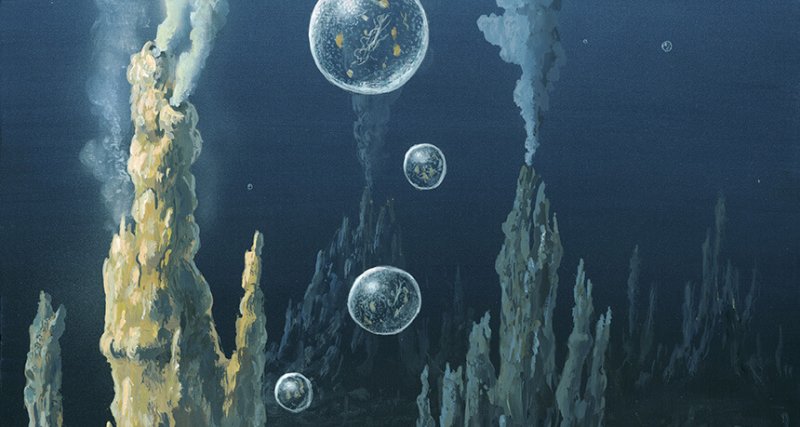Think of the RNA world as a pot of gazpacho. We prepare ingredients and then stir them into a single pot, chill the liquid (essential, as Earth’s primordial temperatures could have been just above freezing) and then, voila! RNA strands made of four nucleotides (the individual pieces of RNA and DNA): cytosine (C), guanine (G), adenine (A) and uracil (U), emerge.
Scientists provided the first optimal recipe to make half of the RNA set, the Cs and the Us, in 2009. But since then, scientists have struggled to experimentally generate enough of their A and G counterparts to create a complete and realistic recipe for making whole strands of RNA.
…
[Researcher Jack] Szostak took a counter-intuitive approach – adding everything but the kitchen sink – to formulate his new recipe. He based his experiment on a 2018 study that demonstrated the standard A, G, C, and U mixture can be produced by stirring in a totally different ingredient, known as arabinonucleic acids (ANA).…
[ANAs] would significantly increase the rate of RNA synthesis and stability in the environment of a primordial Earth. Szostak’s unusual addition to his recipe likely became the “secret ingredient” to making the most plausible RNA-filled gazpacho to date.






























